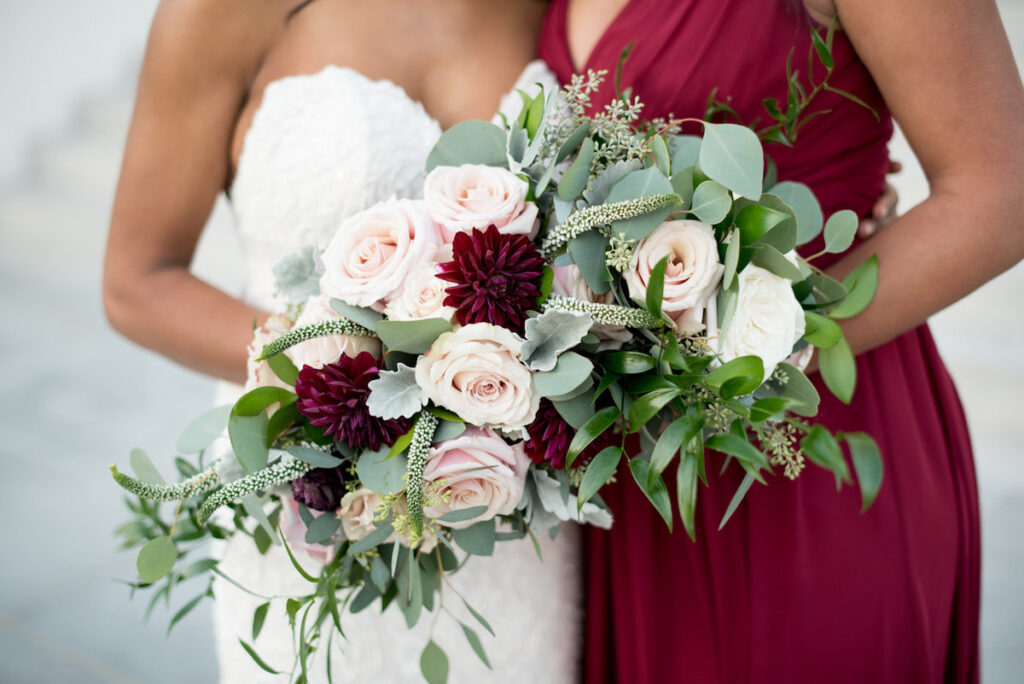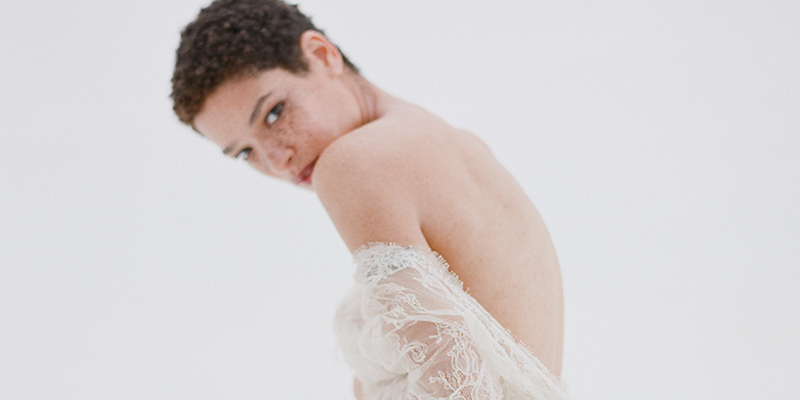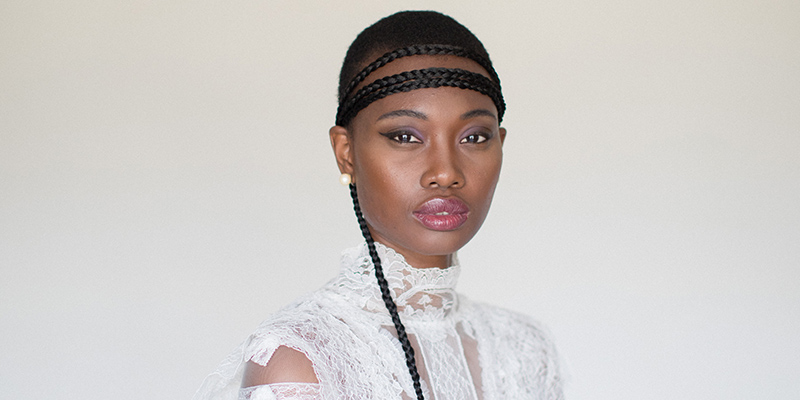
Flowers have been a wedding day staple for centuries; however, wedding bouquets as we know them have come a long way!
The wedding bouquet made it’s first official debut in the hands of Queen Victoria at her wedding to Prince Albert in 1840. The Queen carried a “bouquet made of several smaller nosegays” which she actually gave out to each of her bridesmaids (Heckman). One of these smaller bunches of flowers secretly had a ring hidden inside of it and whichever bridesmaid found the ring would be the next to wed.
The tradition of carrying a wedding bouquet naturally blossomed from here! But this isn’t the real beginning, of course. It’s simply the most recognized rendition of the modern bouquet. However, if you dig deeper, the concept and inspiration for wedding bouquets goes WAY back.
Intrigued? Keep reading below for more on the history of wedding bouquets – you might be surprised by what you discover!
Ancient roots in spice…
Brides of the 21st century could never imagine carrying a handful of spices or a sprig of garlic down the aisle. But brides of ancient times wouldn’t think twice!

Actually, back then brides often carried a handful of herbs on their wedding day. It was thought that these pungent spices had “the power to ward off jealous and malevolent spirits and [could] bring good fortune and fertility” to the couple’s marriage (Heckman).
According to Snopes, some of the most popular herbs used in these early bouquets were garlic and dill. As you might assume, garlic was included to ward of evil, but dill is actually a common aphrodisiac. The dill used in a bride’s bouquet would often be served later during the wedding feast to, well, “set the mood” for the newlyweds.
Symbolism…
For many cultures, the concept behind carrying a bouquet has a lot to do with what they symbolize.

Historically, flowers represent sexuality and fertility. Marriage itself has also always been closely tied to the promise of children. With these ideas in mind, carrying a bouquet (whether that be of flowers, herbs, or something else entirely) seems to be an emblem of these marriage ideals.
For example, according to Blooming Haus, the ancient Romans began “wearing floral garlands to their weddings as a symbol of fertility, fidelity, and new beginnings.” Similarly, the ancient Greeks wore wreaths of ivy to symbolize fidelity. Their wedding attendees also wore “garlands of hyacinth in their hair to honor Ceres, the goddess of agriculture” (Heckman).
Even before the Greeks and Romans, the ancient Egyptians also incorporated symbolic flowers into their weddings. The lotus flower, a symbol of rebirth, is found in Egyptian art and poetry dating all the way back to 1100 BCE!
Ultimately, fertility and a general sense of prosperity for the newlyweds were a constant theme in these early bouquets.
The language of flowers…
By the time the Victorian era came around, the language of flowers, Floriography, blossomed and the art of giving flowers became a critical part of the courting process. Lovers now exchanged bouquets with intention and meaning.

For instance, orange blossoms were once the most popular flower used in bouquets. In Becky Long’s book, Something Old, Something New, she explains that its “immense fruitfulness” symbolizes fertility. She also reveals lovers began using specific flowers to spell out words. So, a bouquet of “baby’s breath, ivy, lilies, and lilacs” secretly spelled out “Bill.” For lover’s courting, this subtle messaging system could speak volumes!
Another popular flower was the Marigold. In David Mikkelson’s article for Snopes, he reports that marigolds are a “symbol of constancy and endurance of love.” The marigold’s “faithful” quality comes from the bloom’s nature to only open and follow the sun during the day and then close at night.
Other flowers with prominent meanings include roses, which represent love, and peonies, which symbolize happiness and ambition.
Bouquets of the modern era…
Today, brides have the freedom to create a bouquet with whichever flowers they’d like – and your marriage is certainly not doomed if you choose to ditch one altogether! Of course, there are some bouquet traditions you can follow if you want to.

In Kim Shaw’s book, The New Book of Wedding Etiquette, she explains that typically one’s “choice of dress dictates [their] choice of flowers.” She adds: “floral designers usually won’t schedule a consultation prior to…[the bride] buying [a] dress and choosing the bridesmaids’ dresses as well.”
A lot of this has to do with color palette and style. Usually, floral designers use these two factors to choose a bouquet shape that will flatter the bride’s gown and also compliment the couple’s wedding vision. The season will also influence the kinds of flowers used in the bouquet as well.
Some of the most common bouquet shapes are the gathered nosegay, the cascade, the half-moon, and the arm bouquet. Free-form and organic bouquets are also embraced by many designers today.

Looking for more wedding bouquet inspiration?
Click here.
Sources:
- Blooming Haus Contributor. “Why Do Brides Carry Bouquets at Weddings?” Blooming Haus, 27 Dec. 2020.
- Crawford, Benna. “History of Wedding Flowers.” LoveToKnow, LoveToKnow Media.
- Gutoskey, Ellen. “Why Do Brides Carry Bouquets?” Mental Floss, 23 May 2020.
- Heckman, Marsha. “Flowers.” A Bride’s Book of Lists: Everything You Need to Plan the Perfect Wedding, edited by Gavin O’Connor, 1st ed., Welcome Books, New York, NY, 2010, pp. 110–114.
- Long, Becky. “A Look At Forgotten Wedding Traditions.” Something Old Something New: 701 Creative Ways to Personalize Your Wedding, Meadowbrook Press, Minnetonka, MN, 1997, pp. 71–73, p. 122.
- Mikkelson, David. “Bridal Bouquet: A Discussion of the Lore and Superstitions Surrounding the Bridal Bouquet .” Snopes.com, 27 June 2005.
- Nowak, Claire. “The Centuries-Old Reason Why Brides Carry Bouquets.” Reader’s Digest, Reader’s Digest, 27 Mar. 2017. Site Updated on April 23, 2021.
- Post, Peggy. “Chapter 14: Flowers For Your Wedding.” Emily Post’s Wedding Etiquette: Cherished Traditions and Contemporary Ideas for a Joyous Celebration , 4th ed., HarperCollins Publishers , New York, NY, 2001, p. 300.
- Shaw, Kim. “Chapter 10: Roses Are Red…” The New Book of Wedding Etiquette: How to Combine the Best Traditions with Today’s Flair, Prima Publishing, Roseville, CA, 2001, pp. 195–196.







[…] Source link #Wedding #Bouquets #Blooming #History #Munaluchi #Bride […]